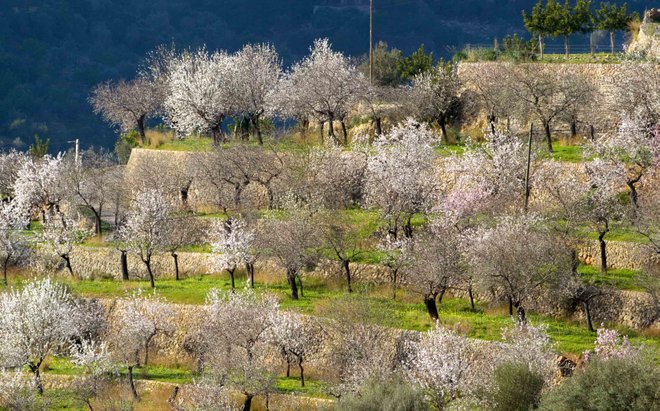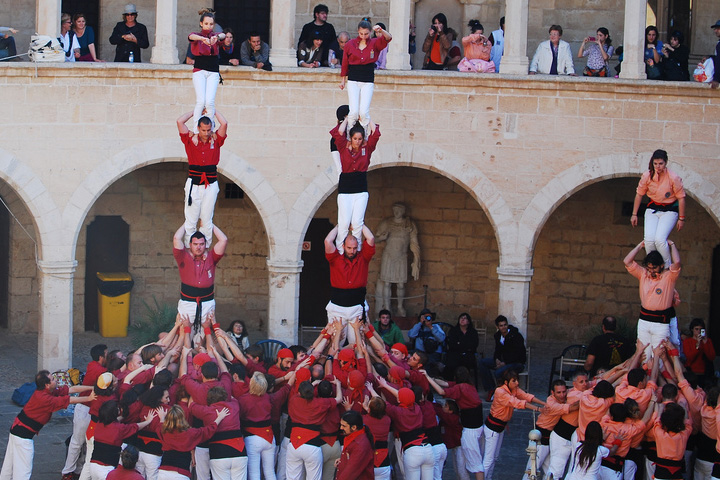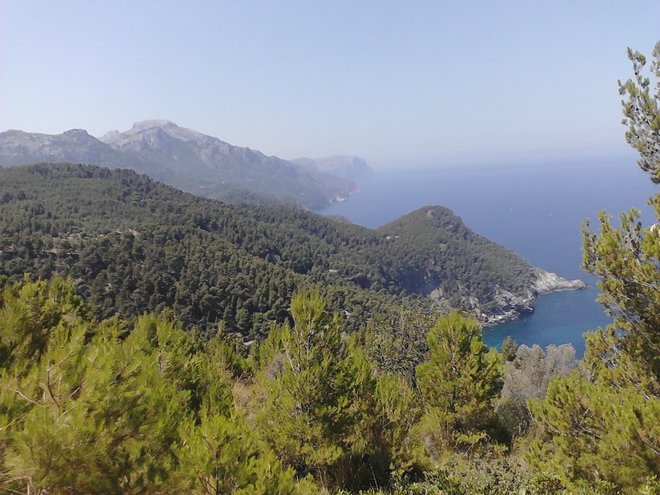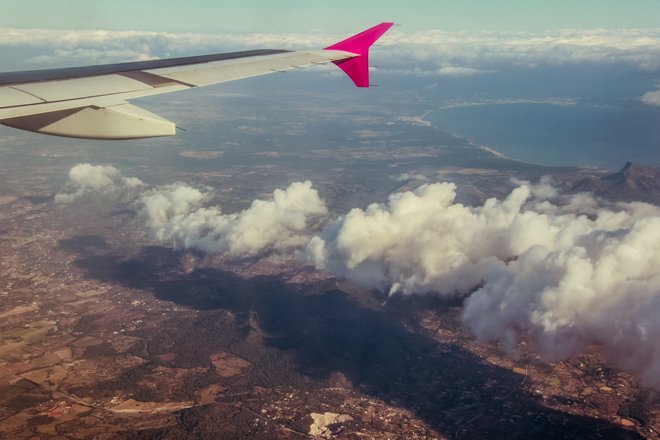Often seen solely as a bucket-and-spade summer vacation destination, the Mediterranean island of Majorca has plenty to offer visitors during the off season, when the temperature dials down and the flood of tourists thins to a trickle. Here are our top five reasons to pay a visit to this gorgeous Balearic isle over the cooler winter months. Tip: you'll still need the sunscreen.
1. The (Almost) Perpetual Sunshine

Majorca enjoys a climate with higher-than-average temperatures compared to most Mediterranean countries, and its short winters are generally mild. With an average of 300 days of sunshine a year, chances are you’ll be greeted with sunny, blue skies, even in the winter. In other words, winter is the ideal time to visit Palma (the capital) and explore the charming cobblestone streets of its Old Town without the usual tourist hordes. Admittedly, temperatures do drop at night, but sipping a beer al fresco in the warm winter sunshine is a pleasure that shouldn’t be missed. Even better, Majorca’s beaches are stunning and blissfully empty during the off season. Take advantage of the peace and quiet, even if it’s just for a stroll in the sand or lunch with a view at one of the island’s beach clubs (not all are open in winter, though).
2. The Annual Almond Blossom
Photo courtesy of Flickr/Frank Jakobi
Majorca is famous for its almonds, which are said to be sweeter than other varieties due to the climate. With over five million trees on Majorca, the almond blossom season, which occurs in late January and early February, is a sight to behold. The usually green landscape becomes a sea of white and pink. And when viewed from the mountains above, it can resemble a blanket of snow. Almond cake and almond liqueur are big on the island, and almonds generally hold huge economic and cultural significance, too. Historically, the almond shells were important as they were burnt in special wood burners and used as a heat source. An annual almond blossom fair takes place in February on the grounds of an 18th-century farmhouse in the village of Son Servera. Here, numerous stalls sell all kinds of almond-based products.
3. The San Sebastian Festival
Photo courtesy of Flickr/devopstom
The Spanish certainly like a good party, and the Majorcans are no exception, with regular fiestas and street parades. The biggest festival on the island takes place in January in the capital city and celebrates Palma’s patron saint, San Sebastian. The festivities, which include fireworks, theater acts, parades, exhibitions, and concerts, take place over a few days. One festival highlight includes the the Castellers de Mallorca, an acrobatic troupe who create an impressive human tower. The main event takes place on January 19 with the lighting of bonfires and free musical concerts, while the end of the festival is marked by correfoc (or fire runs), a traditional Catalan festival activity where people dressed as devils set off fireworks while running along a set route. The more daring in the crowd dash to get as close as possible while trying to avoid getting singed. The spectacle is not for the faint-hearted — it is recommended that spectators on the route dress in fireproof clothing or stand back.
4. Hiking the Hills and Mountains
Photo courtesy of Flickr/Fernando Guillen
While it’s too hot to trek most of the year, winter presents the perfect opportunity to go hiking in Majorca. There are strenuous mountainous routes for the more experienced, relaxing strolls through picturesque villages, and everything in between. Coastal hikes offer spectacular views and can lead to hidden coves — you might even get to take a quick dip in the warmer days of early winter. The island’s majestic mountain range, the Serra de Tramuntana (declared a UNESCO World Heritage site in 2011), boasts some challenging ridge hikes. Most routes are empty with only birds, lizards, and goats for company. Trails tend to be well-maintained and marked. Stick to the official route if you want to avoid trespassing, as much of the island is private property.
5. Bargain Airfares
Photo courtesy of Flickr/Cristian Bortes
Although flight timetables are restricted — meaning not all routes run in January and February — the flights that do run can be very cheap, especially compared to other popular European destinations. Better still? Gone are the summer crowds, as are the queues for passport control, baggage claim, and taxis from the airport. If you only have a carry-on, it’s possible to walk straight out of the airport, get in a taxi, and be in Palma’s Old Town within a half-hour of landing.
Related Stories:
- A Guide to the Balearic Islands: Which One Is Right for You?
- 11 Romantic Mountain Hotels Perfect for a Winter Visit
- 7 Reasons Budapest Is Better in the Winter
All products are independently selected by our writers and editors. If you buy something through our links, Oyster may earn an affiliate commission.



